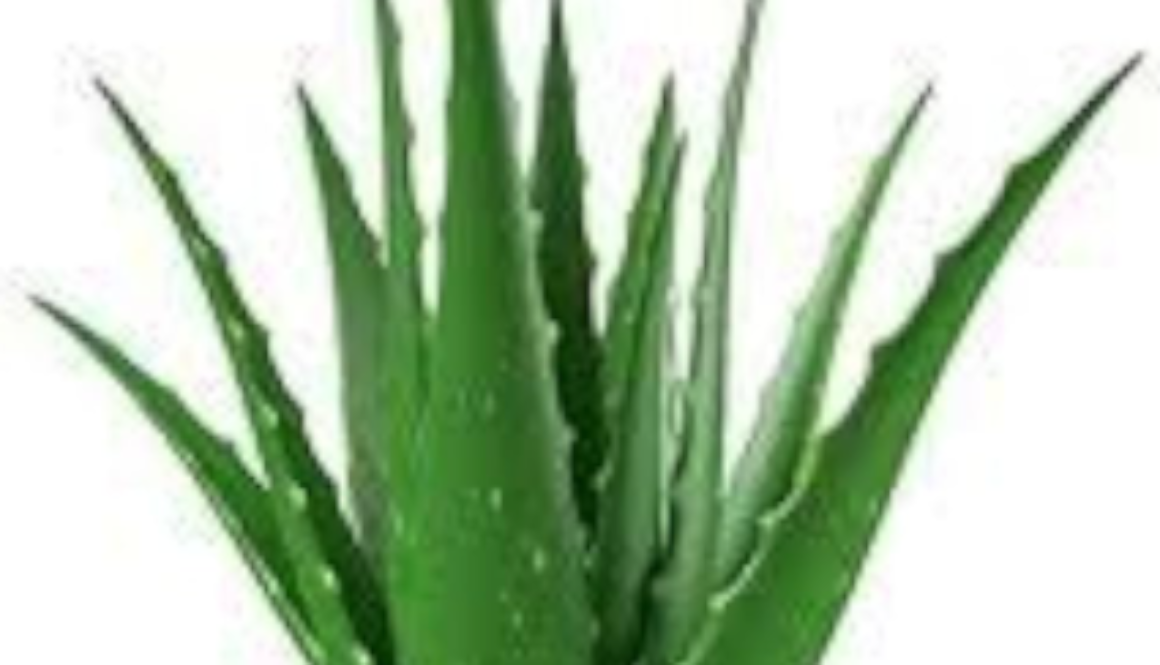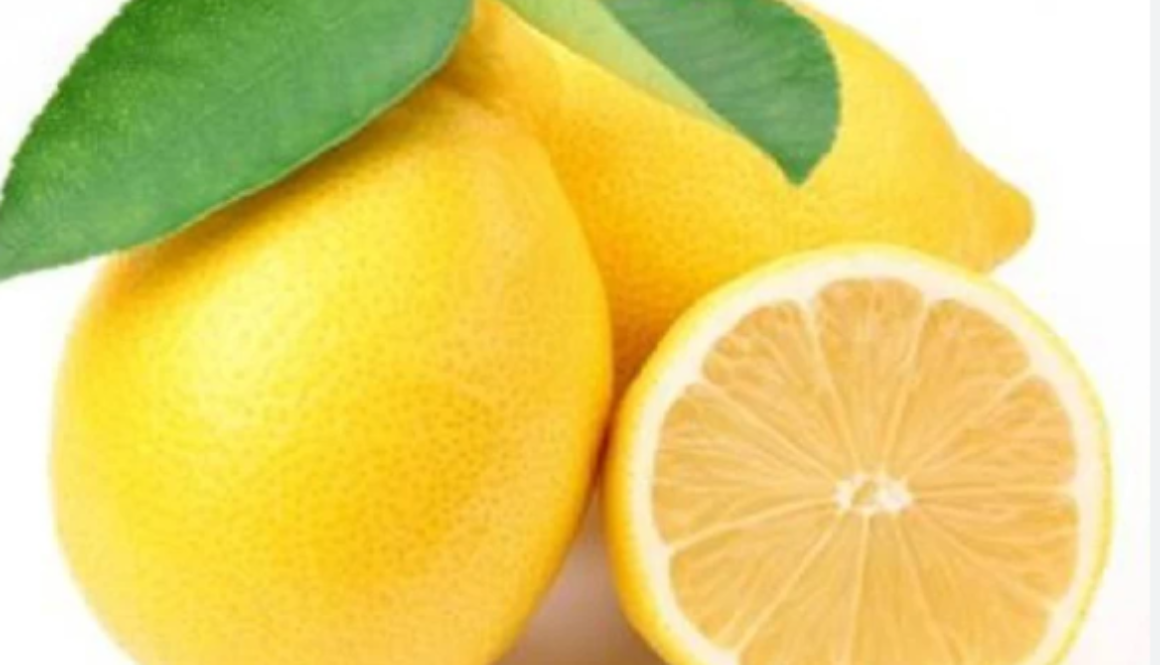Gwarpatha
A perennial erect, succulent shrub found almost throughout the area. It has multiple tuberous roots. Stem is very small and leaves are pale green, fleshy, radical, sessile, tapering to a blunt point with horny prickles at the margins. Yellow or orange coloured cylindrical flowers on leafless scapes appear in December to February.
Part used: Juice and Leaf pulp
Usage: Fresh juice of leaves is cooling, cathartic and treats dermatitis, burns and other skin problems. It is a hair conditioner and additive in skin creams. A yellowish coloured juice from the cut leaves is concentrated to make commercial drug “aloes”. The juice of roasted leaves is valuable in colds, coughs, sciatica, rheumatism and stomach disorders. Aloe is externally applied on inflamed painful parts of the body. Pulp of leaves is applied externally to expel the guinea worms. It also cures jaundice, disturbed menstruation, earache, eye diseases, liver and spleen problems. Poultice of pulp tied over boils and tumour hastens suppuration. A tooth paste containing the Aloe gel has been prepared for preventing gingivitis and other bacterial infections. Leaves are eaten as vegetable
and as pickle.
Agrotechniques : Propagated through Root suckers in July August, preferably in sandy soil. Plant to plant distance should be 50x5O cm and row to row, 75-100 cm. The field should be ploughed and farm yard manure added at 2.S t/ha. Irrigation increases growth of plant. In rainfed areas, growth is slow. Weeding after one month. After one year of plantation leaves can be cut and used as such.


